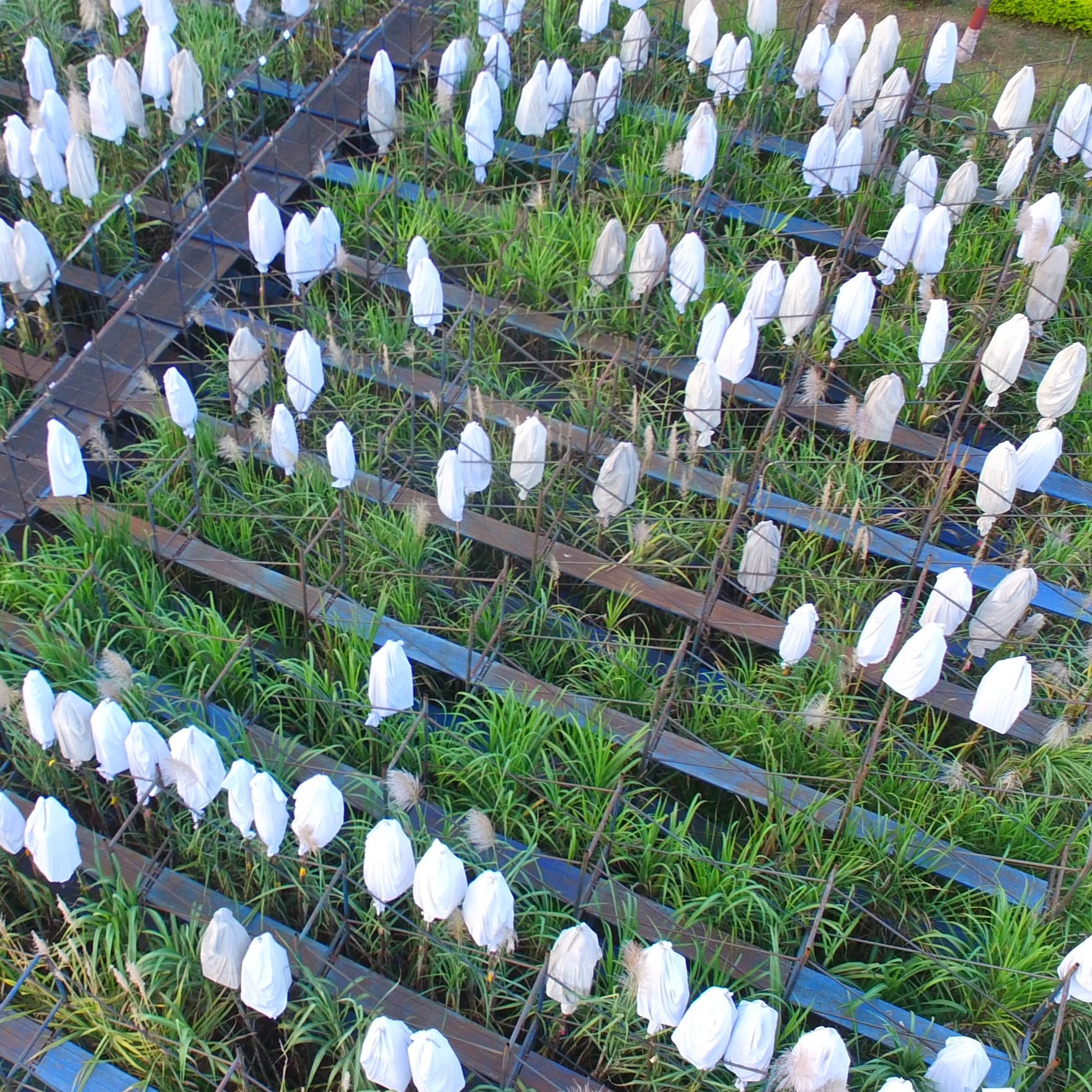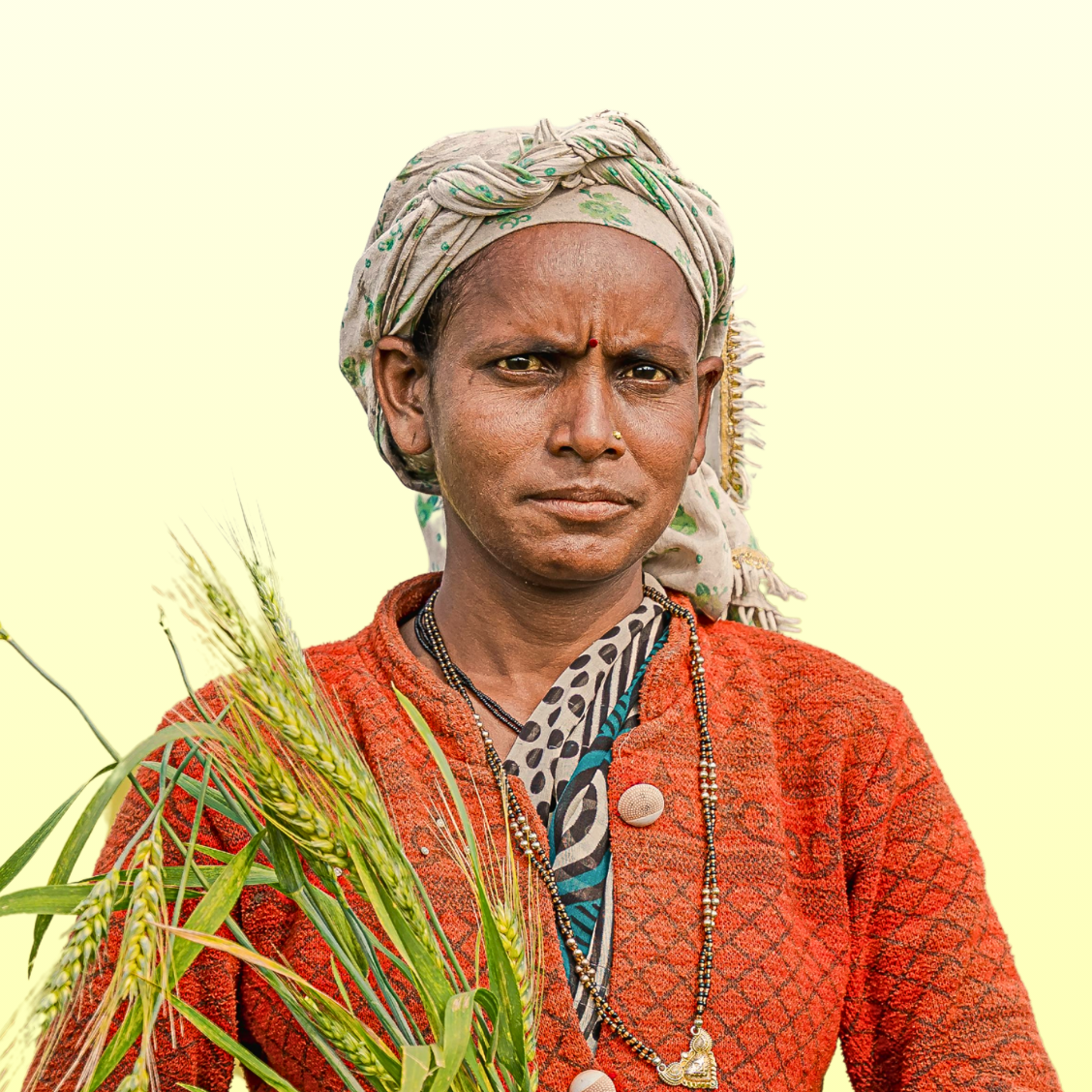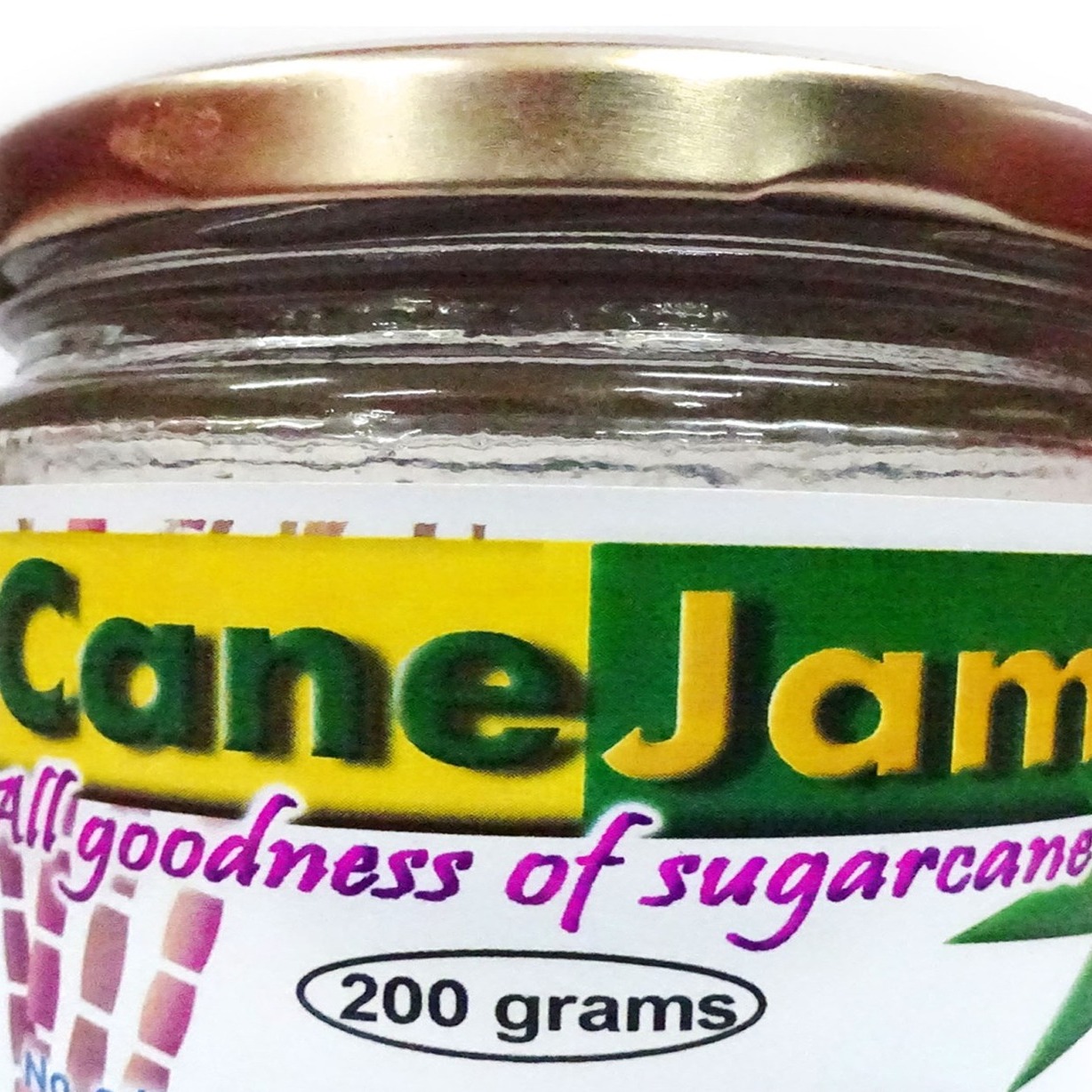Our Founders
Founders of SBI
Dr. Charles Alfred Barber (The Visionary Leader):
Background and Expertise: Dr. Barber was a renowned botanist and plant pathologist with extensive experience in tropical agriculture. He had previously worked in Madras Presidency, contributing significantly to botanical research. His deep understanding of plant science and his interest in crop improvement made him the ideal choice to head the new sugarcane research initiative
Appointment as First Head: Recognizing the potential of sugarcane breeding to transform Indian agriculture, the British government appointed Dr. Barber as the first Government Sugarcane Expert and Head of the newly established Sugarcane Breeding Station in Coimbatore in 1912.
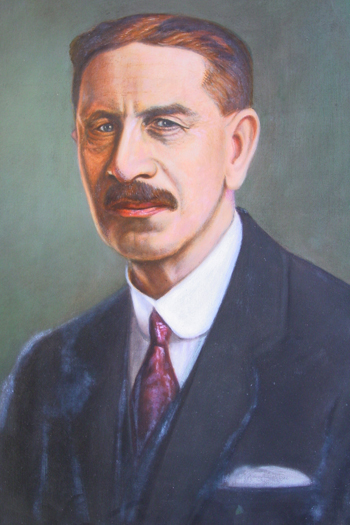
Setting the Foundation: Dr. Barber was responsible for setting up the infrastructure and research agenda of the institute from scratch. This included:
- Establishing experimental plots and nurseries.
- Assembling a team of initial researchers and support staff.
- Defining the initial research objectives, primarily focusing on developing high-yielding and disease-resistant sugarcane varieties suitable for Indian agro-climatic conditions.
Pioneering Inter-specific Hybridization: Dr. Barber recognized the limitations of existing Indian sugarcane varieties and the potential of utilizing the genetic diversity present in wild sugarcane species (Saccharum spontaneum). He initiated the groundbreaking work on inter-specific hybridization, a novel approach at the time, to introduce desirable traits like disease resistance and vigor into cultivated varieties (Saccharum officinarum)
Early Research Directions: Under his leadership, the institute focused on understanding the botany and genetics of sugarcane, collecting and characterizing local sugarcane varieties, and initiating the process of controlled hybridization.
Legacy: Dr. Barber’s vision and initial work laid the crucial foundation for the institute’s future success. His emphasis on scientific breeding principles and the exploration of wild relatives proved to be a game-changer in sugarcane improvement. He served as the head of the institute until 1918.
Sir Tiruvadi Sambasiva Venkatraman (The Architect of Success):
Early Association and Collaboration: Sir T.S. Venkatraman joined the Sugarcane Breeding Station as Dr. Barber’s assistant. He was an Indian scientist with a strong background in botany and agriculture. His close collaboration with Dr. Barber during the initial years was instrumental in the progress of the breeding program.
Key Role in Co 205 Development: Sir T.S. Venkatraman played a significant role in the development of Co 205, the institute’s first major success. This variety, a product of the inter-specific hybridization work initiated by Dr. Barber, demonstrated the power of this breeding approach and had a transformative impact on sugarcane cultivation.
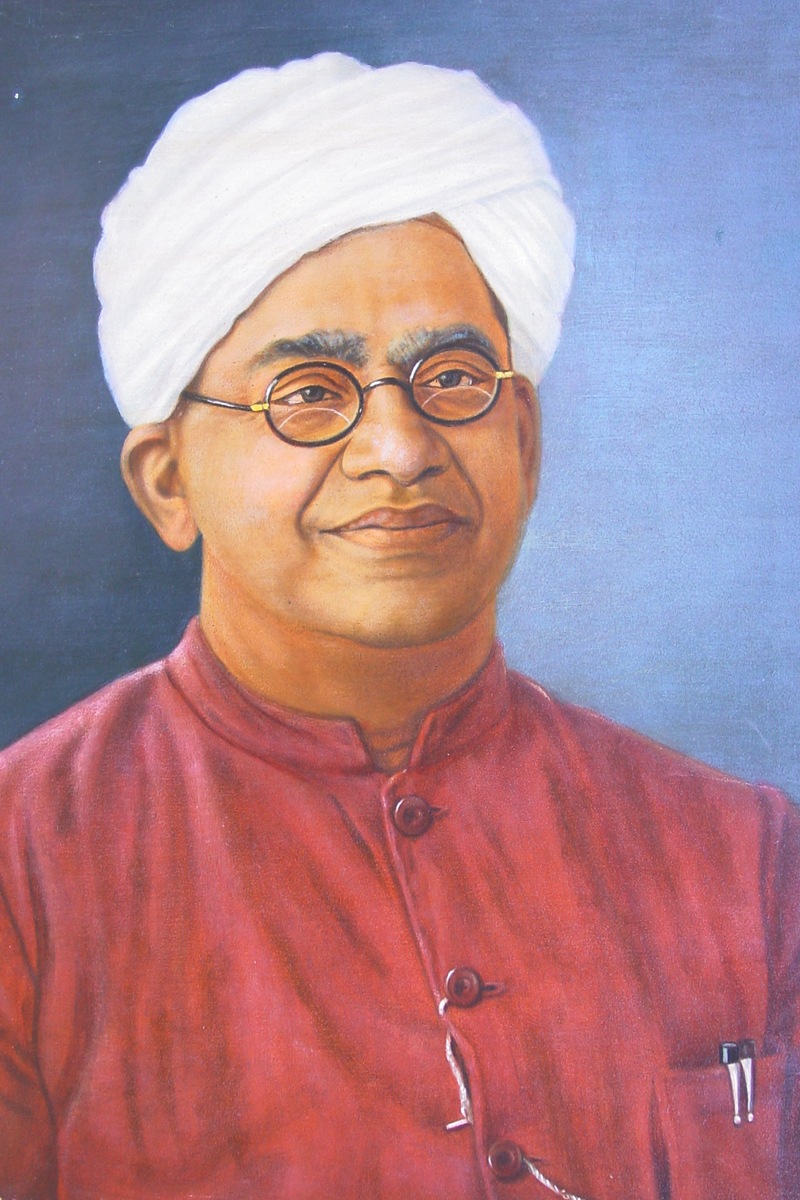
Ascension to Leadership: After Dr. Barber’s departure in 1918, Sir T.S. Venkatraman took over as the head of the institute. He continued and expanded upon the pioneering work of his predecessor.
Prolific Variety Development: During his tenure, Sir T.S. Venkatraman and his team developed a series of highly successful ‘Co’ (Coimbatore) sugarcane varieties that became popular across India and beyond. These varieties were known for their superior yield, sugar content, and adaptability to various agro-climatic zones.
Establishment of Breeding Methodologies: He further refined the sugarcane breeding methodologies, incorporating scientific principles and systematic evaluation trials.
Recognition and Impact: Sir T.S. Venkatraman’s contributions were widely recognized. He was knighted for his outstanding contributions to agricultural science. His work at the Sugarcane Breeding Institute established it as a leading center for sugarcane research globally. He served as the head of the institute for a significant period, shaping its direction and ensuring its early successes





